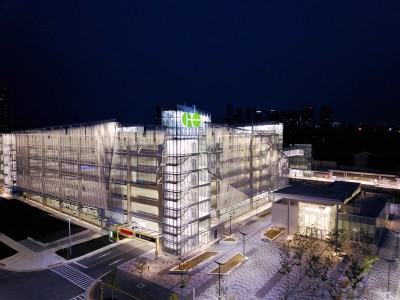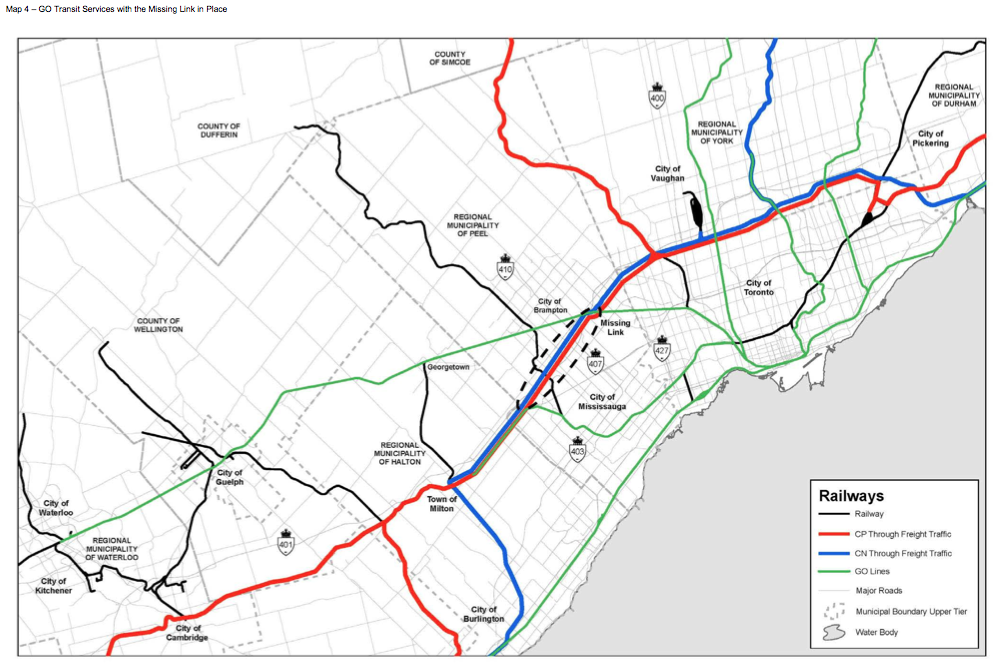reaperexpress
Senior Member
Nobody is suggesting that we sell 900 BiLevels for pennies on the dollar. We are talking about the trains that GO will need to purchase to accommodate ridership growth and replace aging BiLevels.Just because GO doesn't mention EMUs now doesn't mean they won't in the future. When you have nearly 900 bi-levels, you can't just sell them for pennies on the dollar.
This is what I'm suggesting, but in order for EMUs to be gradually phased in, there need to be yards which are capable of mantaining EMUs. This is not a small ask - EMU maintenance facilities are significantly different than just coach + locomotive facilities. For example, they need to be able to bring an entire trainset in for heavy maintenance, rather than just one locomotive or coach at a time. If GO/ONx does not plan ahead, they will not have any EMU-ready maintenance facilities, and when it comes time to expand the fleet, they will have no choice but to continue buying locomotives and coaches which are not as well suited to local services as an EMU would be.I can see them gradually being phased out especially for lines with closer station spacing. As for the longer routes ie to KW/Niagara/Barrie, I could potentially see them never getting phased out. EMU's due indeed faster acceleration than electric locos {EL} but the further out you get and the wider the stop spacing, the less of a disadvantage that becomes.
Do you have any evidence to support your claim that EMUs inherently have inferior ride quality to coaches? In my experience, the ICM EMUs in the Netherlands feel identical to the ICR coaches they're based on.The longer the trip, the more important the quality and comfort of the ride becomes. EMU's, due to multiple propulsion, gives it an acceleration advantage over EL but conversely doesn't offer the ride quality. Due to EL only having one moving cab, the rides on the actual passenger cabs are quieter and smoother than on EMU where the passenger are sitting a top the engines. For longer distance trips, that makes a big difference and makes the service more appealing for those distance commuters. EMUs are ideal for the original RER portions of the system and EL hauling bi-levels for the longer distance ones.
CalTrain does often run quite short trains. But as a result they also buy lower-power locomotives. They use the MPI MP36 (3600 hp) whereas GO uses the MP40 (4000hp) and MP54 (5400 hp). Nevertheless it's very plausible that a 4-car CalTrain would accelerate faster than a GO train.The Caltrain bilevel trains seem very short. I saw one at Millbrae but didn’t get a great picture, as I was rushing to catch my flight, but I’ll just post it anyway. I think they had only 4 coaches. They seemed to accelerate quicker than a GO train.
Last edited:






